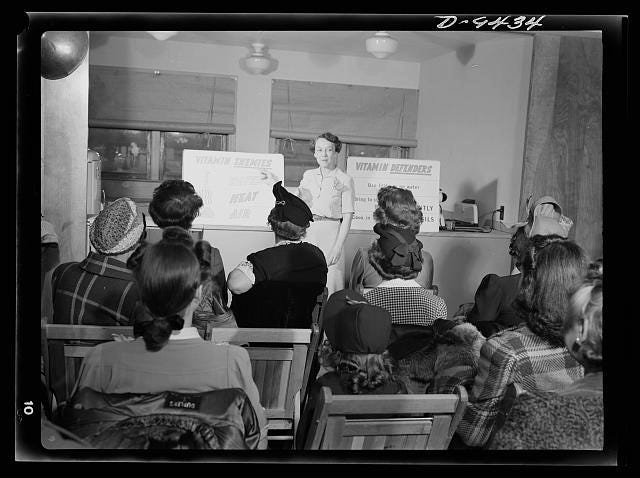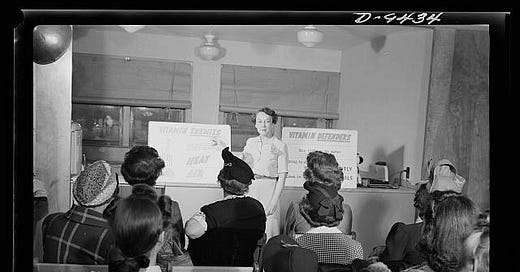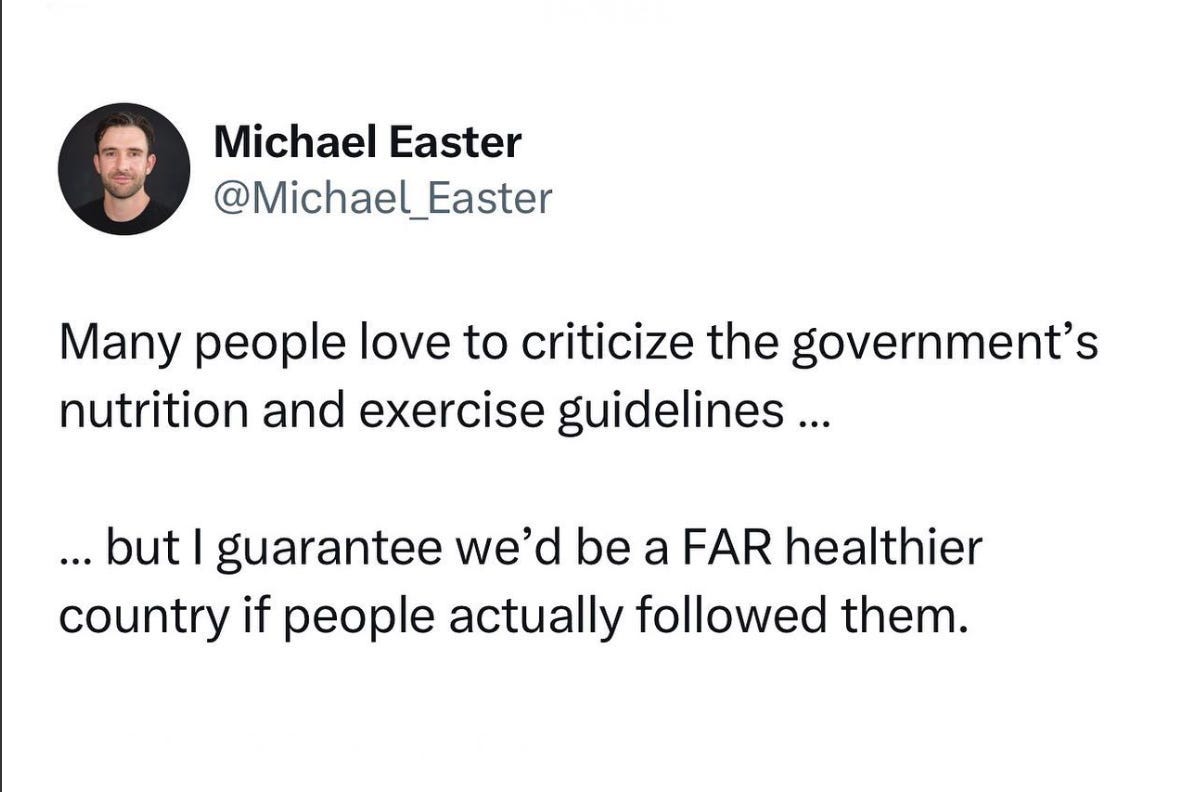
Eating well is as confusing as ever, thanks to online influencers and the nature of research.
You’ll learn: why and how many online nutrition claims are wrong and a rule that will help you navigate the complicated world of food and health.
Quick notes:
Want the full version of this post? Become a Member of 2% below.
Members, the audio/podcast version of this post is at the bottom.
Want 2% and Burn the Ships swag? Get it here.
On Monday, we explored why boring nutrition information is often best and how to stop yo-yo dieting. That advice came from a conversation with Adam Bornstein, who spent the last few years exploring the topic for his new book, You Can’t Screw This Up.
Last Friday, I posted this on Instagram:
The reactions to this post were, let’s say, mixed. Some people thought my take was “ignorant,” especially the part about the federal nutrition guidelines. Others cosigned on the post and thought it was great.
The upside: Many of the people who thought it was a good take are actual nutritionists with PhDs in the subject.
A trusted source once told me, “Everyone knows what to eat to be healthy. They just don’t act on that information.” And I used to agree with that statement.
Now I’m not so sure. The rise of nutrition books and influencers has made it harder for the average person—i.e., someone who doesn’t study this stuff for a living—to figure out what’s healthy.
This is unlike many other topics in lifestyle health. For example: If I told a group of people to go for a walk, no one in the crowd would tell me walking is bad for you.
If I told a group of people to eat fruit, oatmeal, olive oil, or a piece of steak, it’s entirely likely someone would suggest that one of those foods was terribly bad for us.
And this is thanks to a confluence of two things:
The shaky nature of nutrition science.
Online personalities who make specific claims around that shaky research.
I’ll write about why nutrition research is uniquely shaky in a future post. For now, let’s focus on some of the far-flung nutrition information from influencers—why it can be alluring and how to navigate it.
Here I’m talking about people online who make hyper-specific claims about certain foods and their components being the key to health or a one-way ticket to disease.
The influencer formula
In short
Simple, certain messages that remove context are most attractive to humans. But with topics in health, these messages are also most likely to be some degree of wrong.
The details
Research shows that people are most likely to believe easier-to-comprehend messages. We also pay more attention to negative information. You’ve probably noticed at least one simple, scary claim around food and health online:
Seed oils are the root cause of obesity and disease.
Red meat will give you heart disease.
Sugar causes diabetes.
Humans tend to prefer simple, black-and-white messages because they remove complexity, uncertainty, and the role of random chance.
Uncertainty is uncomfortable—we don’t like not knowing. Uncertainty is, in fact, the root of anxiety, according to research in Nature.
We’re inherently attracted to information that gives us a feeling of certainty and offers a relatively simple answer to a complicated question.
If you ask a nutrition Ph.D. a question about how a food or way of eating impacts your health, the answer will typically be “it depends.” Then they might follow up by asking you a series of questions. That’s because nutrition is context dependent.
For example, if you asked if sugar is bad for you, they might ask where the sugar you eat comes from, how often you exercise, how much sugar you eat in a sitting, and more.
Online influencers, on the other hand, offer a simple, blanket response. (Like the examples above.)
Making this even more confusing, many of these influencers have flashy credentials, like an MD. The title of “doctor” sounds good, but doctors spend an average of just 20 hours learning about nutrition in medical school.
A Registered Dietician, for comparison, must get a degree in nutrition and spend at least 1,000 hours of supervised practice applying their knowledge in various settings. (This is why nutrition stories on 2% use as sources experts who work in or study the field they’re commenting on.)
The problem with black and white
In short
The shaky nature of nutrition science allows influencers to “… take any food, (then) find an isolated compound within that food and scare people with it.”
The details
When it comes to health and especially nutrition information, the more specific and black-and-white a message is, the more likely it is to be some degree of wrong. It could be kinda wrong. It could be wildly wrong.
Nutrition science is a swamp. There are hundreds of thousands of studies on different foods and components within foods and their health effects on people and animals—all conducted in different manners.
Many of these studies find spurious correlations and very weak associations.
Consider the work of Stanford researcher John Ioannidis. In 2013, Ioannidis penned a now-famous BMJ piece titled “Implausible results in human nutrition research.”
He pointed out, “almost every single nutrient imaginable has peer-reviewed publications associating it with almost any outcome.”
These mixed outcomes are why news outlets one week will report that food like coffee or dark chocolate is a ticket to a quick and painful death and the next say that the food is the fountain of youth.
In another study, Ioannidis selected 50 common ingredients from random recipes in a cookbook. He then looked at whether those ingredients were associated with cancer.
Forty ingredients (80%) had articles reporting on their cancer risk.
This highlights some of the fundamental issues with how nutrition research is conducted (again, more on that later!).
There are, of course, solid nutrition studies. Randomized controlled trials on humans are the gold standard. Reviews of randomized controlled trials are even better. But those make up a small portion of the field.
But in this information swamp, it’s very easy to develop a theory and find whatever research you need to support it.
As Layne Norton, Ph.D., explained, “You can take any food. Find an isolated compound within that food, and scare people with it.”




